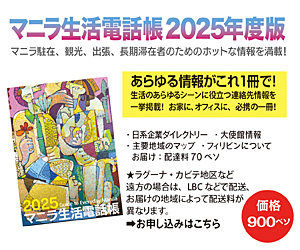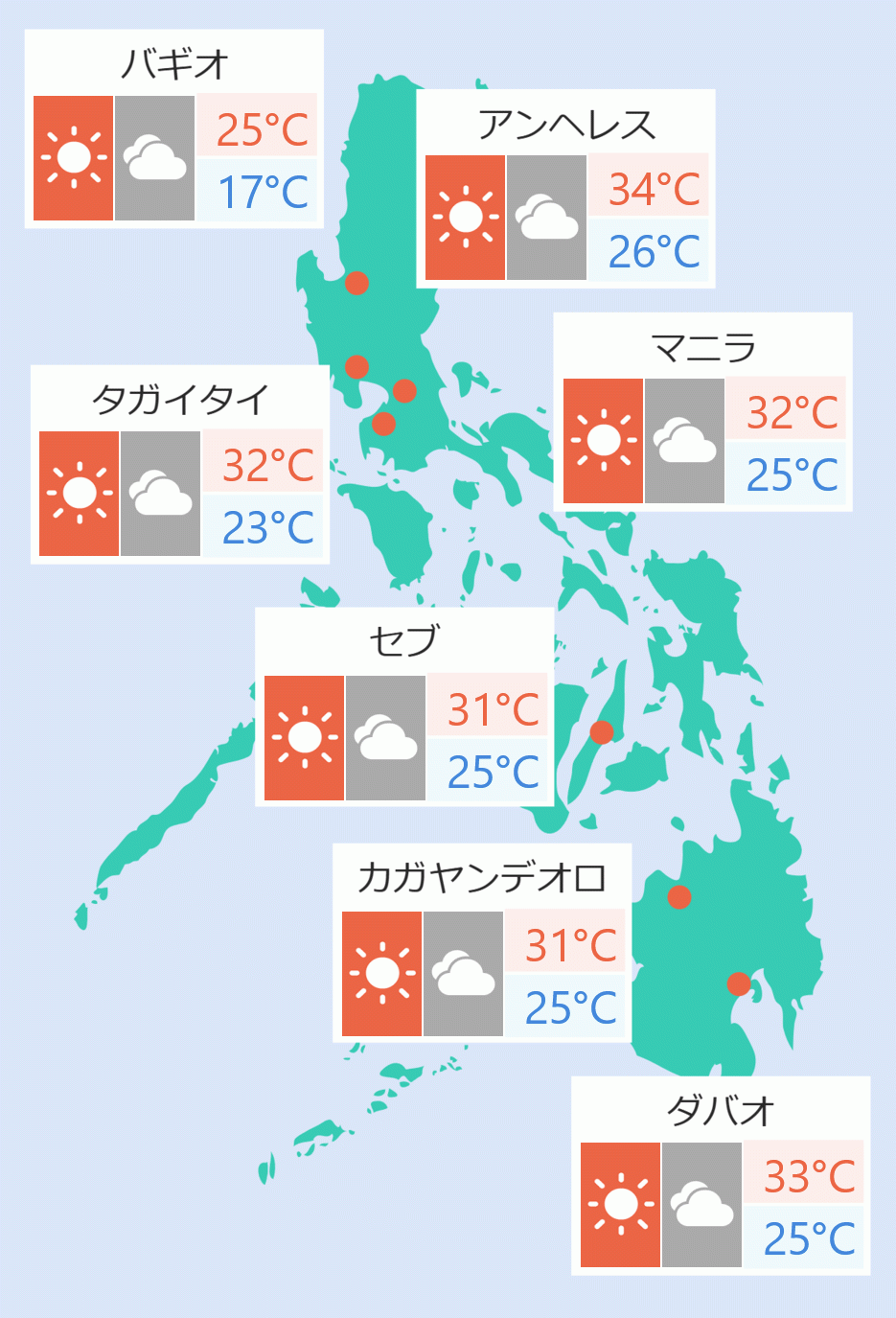The Intellectual Property Office of the Philippines (IPOPHL) said intellectual property filings from January to December 2021 grew 11.6 percent year-on-year to a total of 46,496, recovering significantly from the 2020 drop as lighter quarantine restrictions last year reignited business and IP-related activities.
From taking the biggest hit in 2020, utility model (UM) filings made the biggest recovery, recording a 20 percent year-on-year boost to a total of 1,588.
The rebound, which was faster than the 4 percent year-on-year growth in pre-pandemic year 2019, was driven by residents whose UM filings grew 24.4 percent with a total of 24,015. Non-resident filers dipped by 44 percent to 48.
Food chemistry made the largest contribution to the sum, with 815 UM filings. This was followed by basic materials chemistry (with 92 filings made); other special machines (77); handling (75); and civil engineering (57).
Trademark applications surged by 12 percent to 39,616, with resident filers accounting for the bulk at 24,015 and bouncing back with a 14 percent year-on-year growth.
Non-resident filings also rebounded with 12 percent. In total, trademark filings last year grew at a faster pace than 2019’s 10 percent annual growth.
Trademark filings growth was largely due to pharmaceuticals, health, and cosmetics filings, which totalled 11,360.
Agricultural products and services (10,977) came second, followed by scientific research, information and communication technology (8,946); management, communications, real estate and financial services (7,624); and textiles, clothing and accessories (5,843).
Meanwhile, patent filings expanded by 10 percent to 4,031. Filers under the Patent Cooperation Treaty (PCT), who propelled patent filing activities, expanded by 12 percent by 3,344 while resident filers grew at 455 by 9 percent.
Pharmaceutical patents pushed the hike (with 3,170 filings), followed by organic fine chemistry (1,562); biotechnology, (994); basic materials chemistry, (614); and food chemistry, (443).
Industrial Design (ID) filings continued its decline although at a slower rate compared to 2020’s 37 percent. ID applications fell by -0.2 percent to 1,261. Resident ID filings contracted -0.3 percent to 644 while non-resident filings remained the same at 617.
A total of 152 filings under the means of transport classification made up the majority. Trailing behind were packages and containers for the transport or handling of goods (95); recording, communication or information retrieval equipment (64); furnishing (62); fluid distribution equipment, sanitary, heating, ventilation and air-conditioning equipment, solid fuel (54).
Deposits for copyright, meanwhile, soared 123 percent to 2086 from 940.
The top five fields for copyright deposits last year were in other literary, scholarly, scientific and artistic works category (709 deposits); books, pamphlets, articles, e-books, audio books, comics, novels, and other writings (439); musical compositions with or without lyrics (281); drawings, paintings, architectural works, sculpture, engraving, prints, lithography and others (236); and computer programs, software, games, applications (137);
“This significant rebound, notably in UM, trademarks, patents and copyright, was made possible by our aggressive IP promotion campaigns to reach more inventors, artists and entrepreneurs. On top of this is our continuous work to upgrade, streamline and digitalize our services to attract more customers,” Director General Rowel Barba said.
“Our accomplishment in re-stimulating demand for IP creation and protection has motivated us stronger to sustain our momentum in rebuilding the economy with IP,” he added. Intellectual Property Office of the Philippines





 English
English










